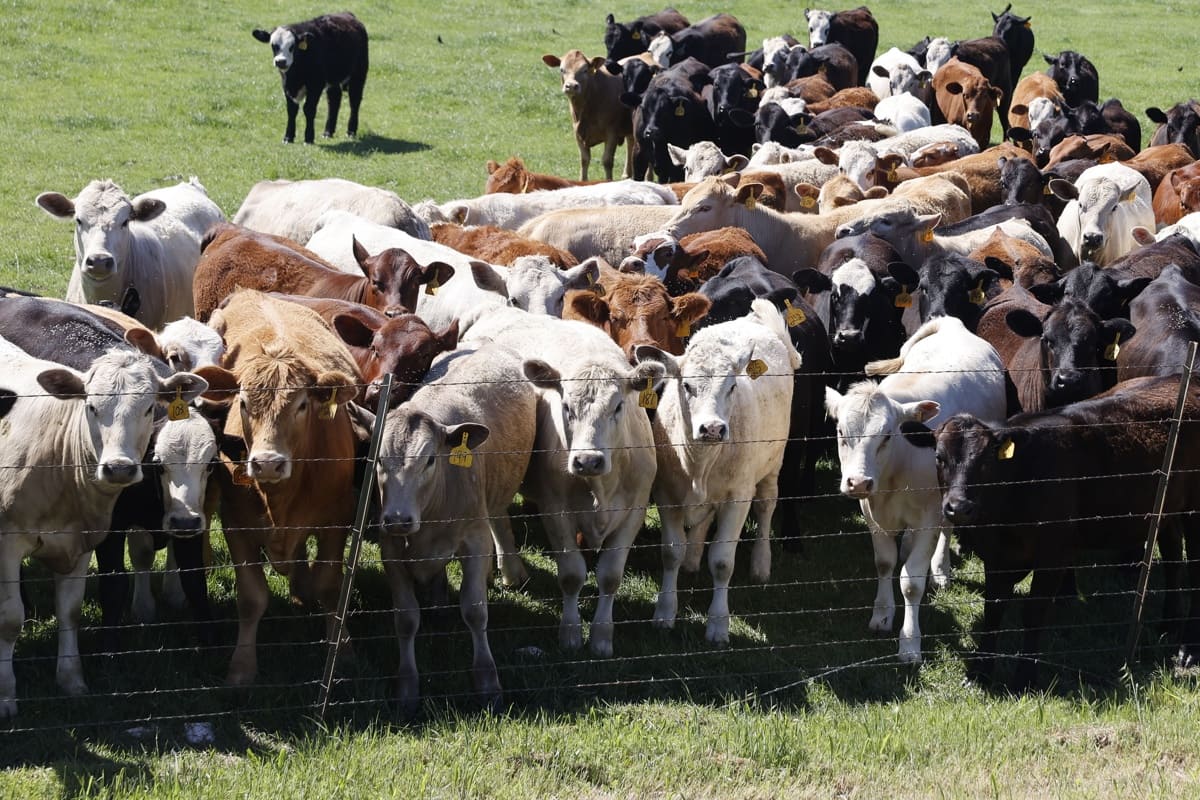WHO warns that climate change is affecting the spread of bird flu

Geneva, (EFE) – The H5N1 avian influenza virus, with a high mortality rate in humans, although with limited infection rates for now, is spreading rapidly to continents such as the Americas due to factors such as climate change. On Wednesday, an expert from the World Health Organization (WHO).
“Climate change has affected the routes of migratory birds, and this has played a role in the unprecedented spread of H5N1 among animals,” Zhang Wenqing, head of the WHO global influenza prevention program, said at a press conference.
The expert emphasized that the 2.3.4.4b virus variant “emerged in 2020, crossed the Atlantic to North America in 2021 and reached South America in 2022,” with various outbreaks observed in recent years not only in birds, but also in birds. mammals.
New outbreaks of avian influenza
The recent discovery of avian influenza outbreaks in cattle and goats in the United States, causing the first ever cow-to-human transmission recorded on a farm, has heightened the medical community’s concern about possible mutations of this virus, which WHO says has epidemic and pandemic potential. .
WHO’s head of emerging diseases and zoonoses, Maria Van Kerkhove, added that only 28 cases of bird flu have been identified in humans since 2021, but growing outbreaks in animals have forced the health agency to maintain a global surveillance system for seven years, as well as programs to develop possible vaccines.
“Although there is currently no transmission between people, we are concerned about the virus because we know that influenza can cause epidemics and pandemics, so we support this system,” said the person also in charge of the WHO response. against covid 19.
The WHO said last week that the H5N1 virus had also been found in the milk of cattle and goats infected in outbreaks in the United States, so it insisted on maintaining food safety practices such as exclusive consumption of pasteurized dairy products. .
Exponential growth since 2020
Given that millions of birds have become infected and died from the H5N1 virus over the past two decades, cases of the disease in humans remain rare (about 900 since 2003), although the high mortality rate that the disease currently has in humans is concerning as more half of the infections were fatal to the patient.
The WHO acknowledges an “exponential increase” in the number of infections in birds since 2020, and is also affecting more and more mammals, including seals, mink, sea lions, foxes and, in recent weeks, also cattle and goats.
“The detection in dairy cattle does not change our assessment of the risk, but it is worrying that this epizootic (epidemic among animals) occurred under our noses during the covid pandemic,” the expert emphasized.
You might be interested in: Gene editing could help stop bird flu